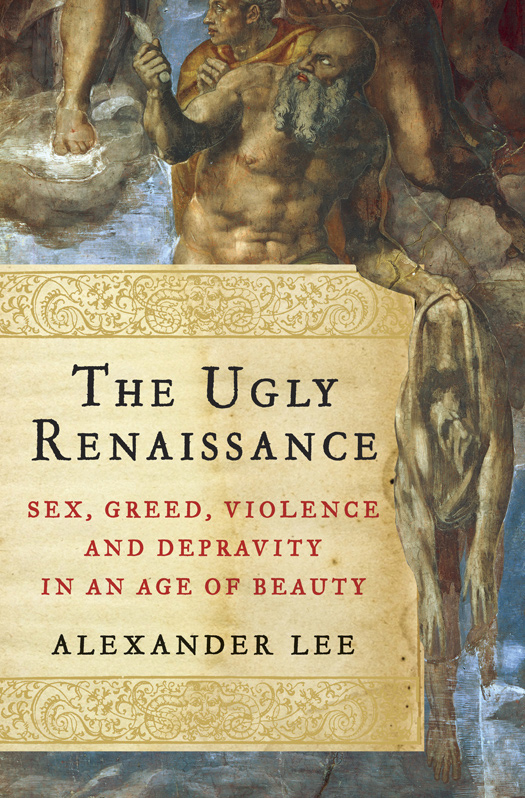
The Ugly Renaissance
Sex, Greed, Violence and Depravity in an Age of Beauty
کتاب های مرتبط
- اطلاعات
- نقد و بررسی
- دیدگاه کاربران
نقد و بررسی

September 15, 2014
Lee (Petrarch and St. Augustine: Classical Scholarship, Christian Theology and the Origins of the Renaissance in Italy, 2012, etc.) lays bare the base tendencies and avaricious impulses that undergirded much of the Renaissance's artistic splendor. Seeking to expose "the hidden story behind the paintings that have come to dominate perceptions of the Renaissance in Italy," the author, a fellow at the Center for the Study of the Renaissance at the University of Warwick, turns his gaze from 15th-century Florence's fabled facades downward to its sewage-filled alleys and the troubled lives of their inhabitants. Focusing progressively on the lived experiences of the period's artists, the designs of their patrons and the broader political tendencies reshaping the continent, Lee provides an entertaining frolic buttressed by serious scholarship. Though the author makes rather too much of the originality of his thesis-few who have heard of the Borgias or de' Medicis will be surprised that the paragons of high finance and religious authority were "shallow [and] underhanded" and "corrupt, deceitful, and cunning"-his account of a teenage Michelangelo having his nose broken by a jealous classmate and similar vignettes serve to humanize the figures who today seem to have been carved of the very marble with which they worked. Violence pervaded all levels of society, and fisticuffs were by no means limited to adolescence. As the author notes, the 1458 papal conclave was not a solemn ritual so much as "a violent, corrupt, and angry brawl that would shame even a modern rugby club." The artwork itself reflects the prevalence of fleshly desires; blatantly pornographic frescoes at the Palazzo Farnese demonstrate what popes and cardinals preferred "when they were left to their own devices away from the public gaze." An illuminating look at how the flowering of human imagination celebrated in the Renaissance was fertilized by the excesses of human nature.
COPYRIGHT(2014) Kirkus Reviews, ALL RIGHTS RESERVED.

Starred review from October 1, 2014
In the 15th century, Italian Renaissance philosopher Giovanni Pico argued that man was not constrained by any limitations. Three centuries later, Swiss historian Jacob Burckhardt posited the "rise of the individual" as the Renaissance's defining mark. Ever since, scholars have attempted to clarify key elements of the Renaissance era. In this fascinating study, Lee (Ctr. for the Study of the Renaissance, Univ. of Warwick; Petrarch and St. Augustine) asserts that each Renaissance artist was inevitably bound to his societal class and that those social structures guided their work. He also states that patrons influenced and set terms for desired artwork; art was the window dressing they used to hide or atone for a variety of sins including avarice, duplicity, nepotism, murder, and sexual assault. Lee examines the treatment of "others"--Jews, Muslims, Africans, and New World natives--depicted in the art and literature of the era and maintains that tolerance of marginalized populations was often difficult to find. The author uses a host of illustrations, both drawn and painted, to make his point in this well-argued, lively scholarly work. Eventually, art emerges as a means for "dressing up reality in more socially acceptable terms." VERDICT This highly inviting history should appeal widely to both scholars and casual readers.--David Keymer, Modesto, CA
Copyright 2014 Library Journal, LLC Used with permission.

























دیدگاه کاربران